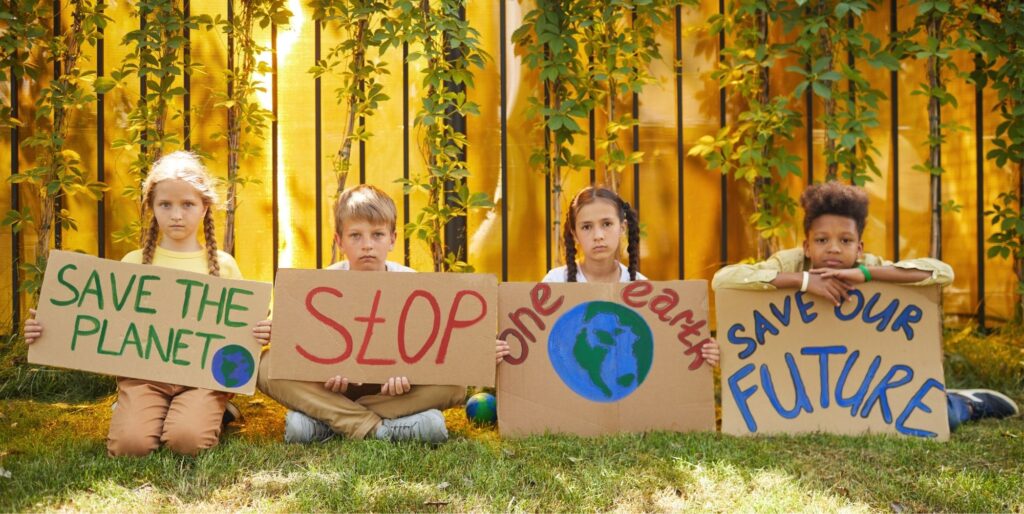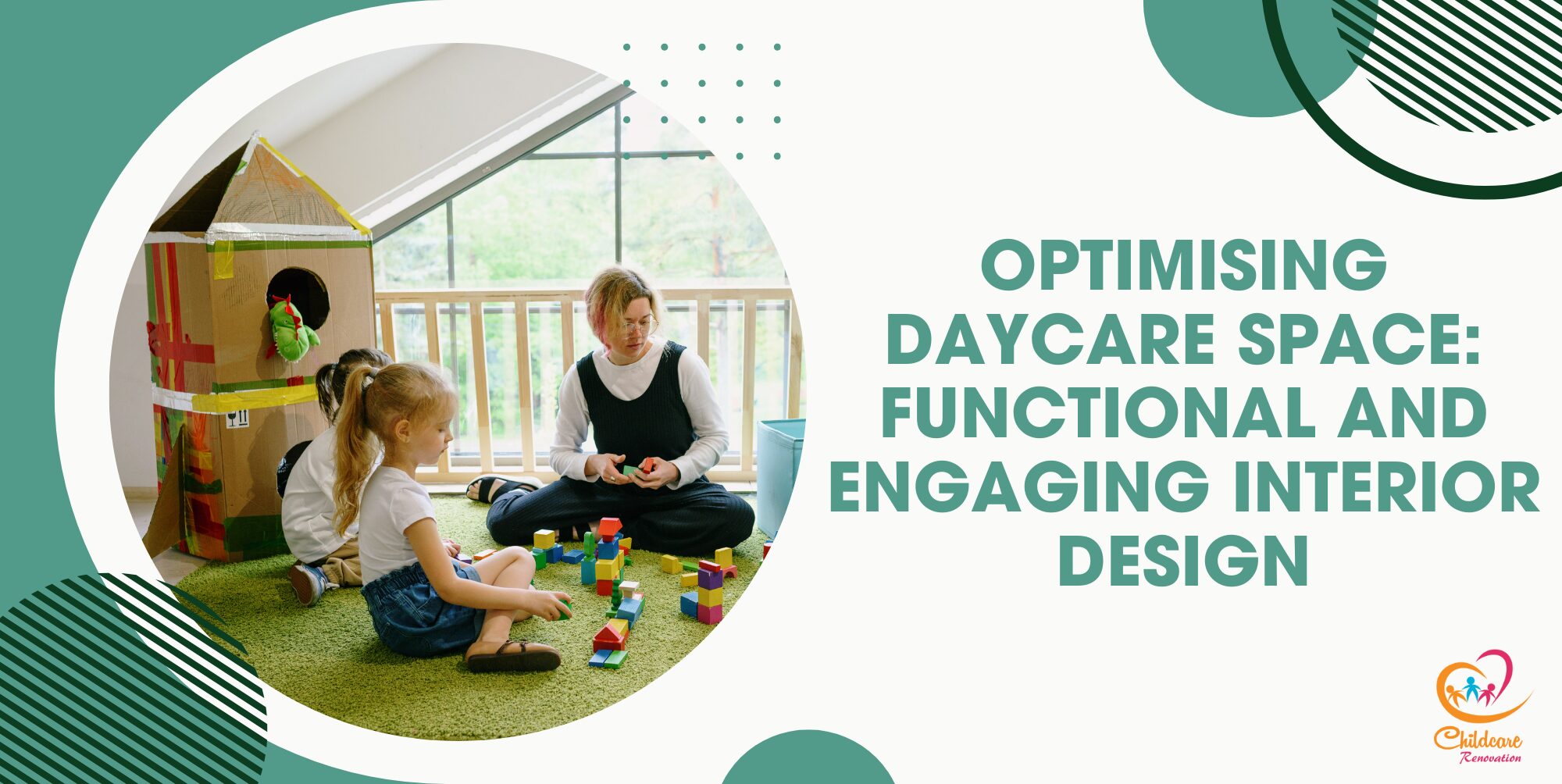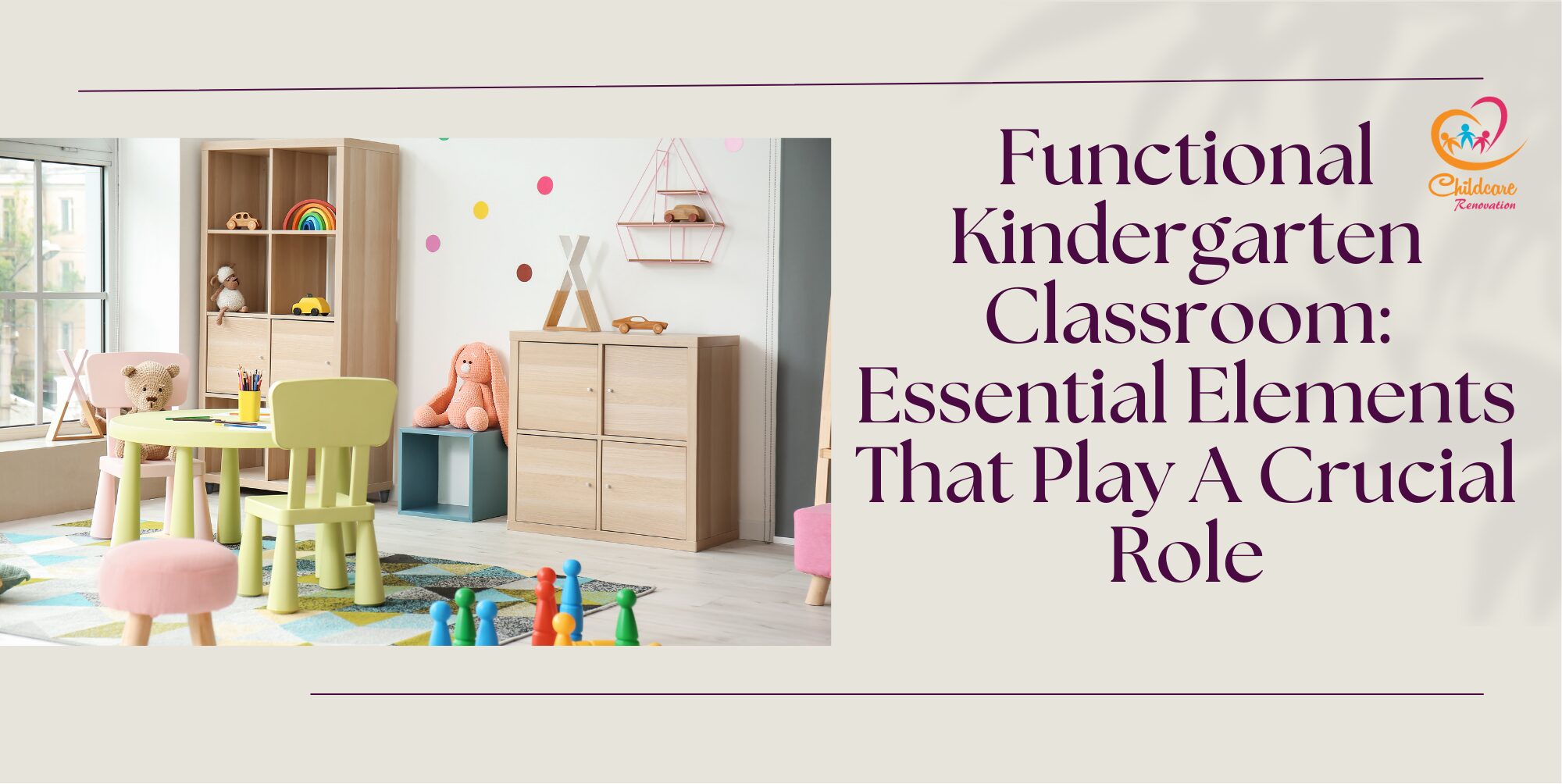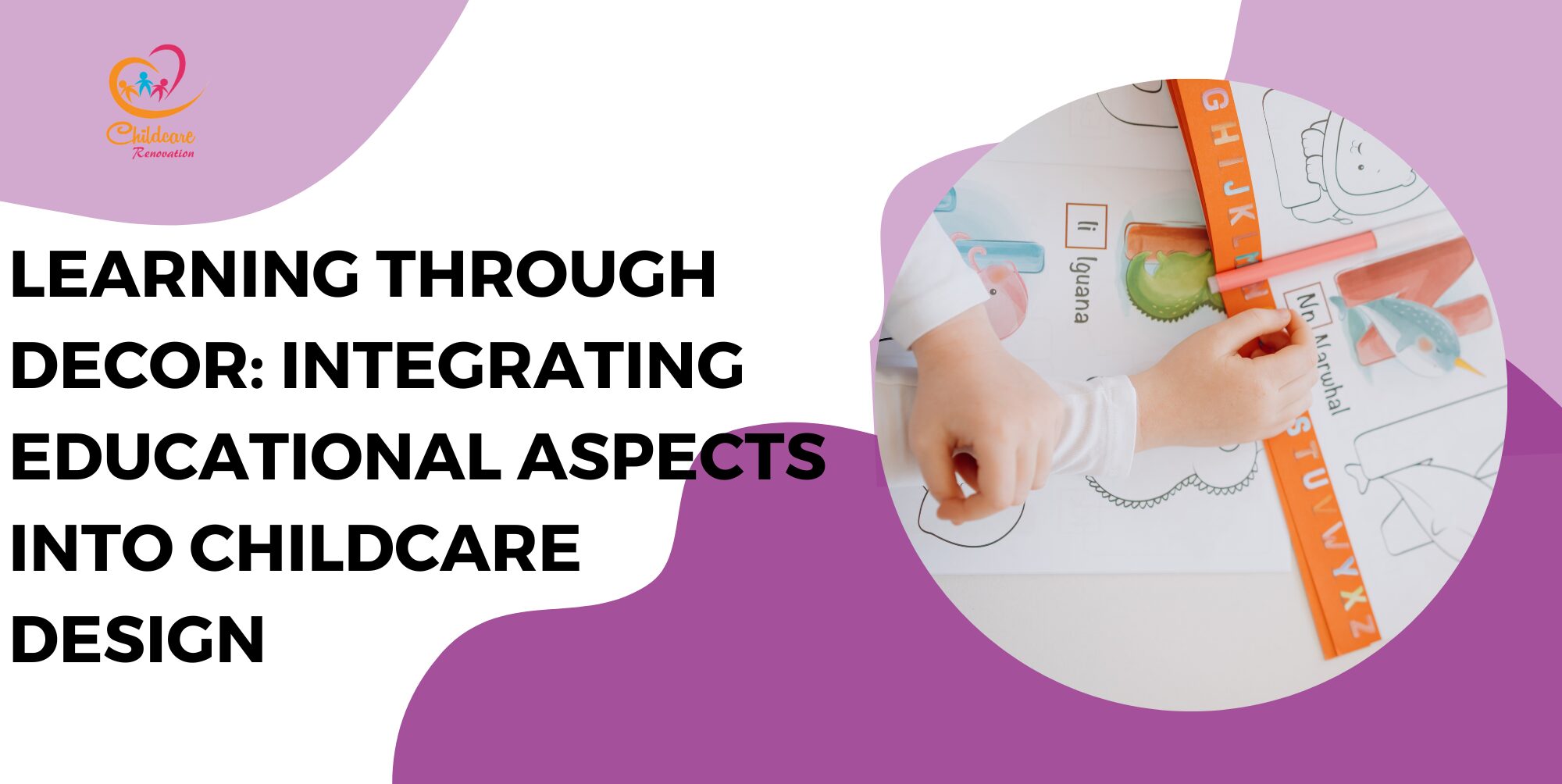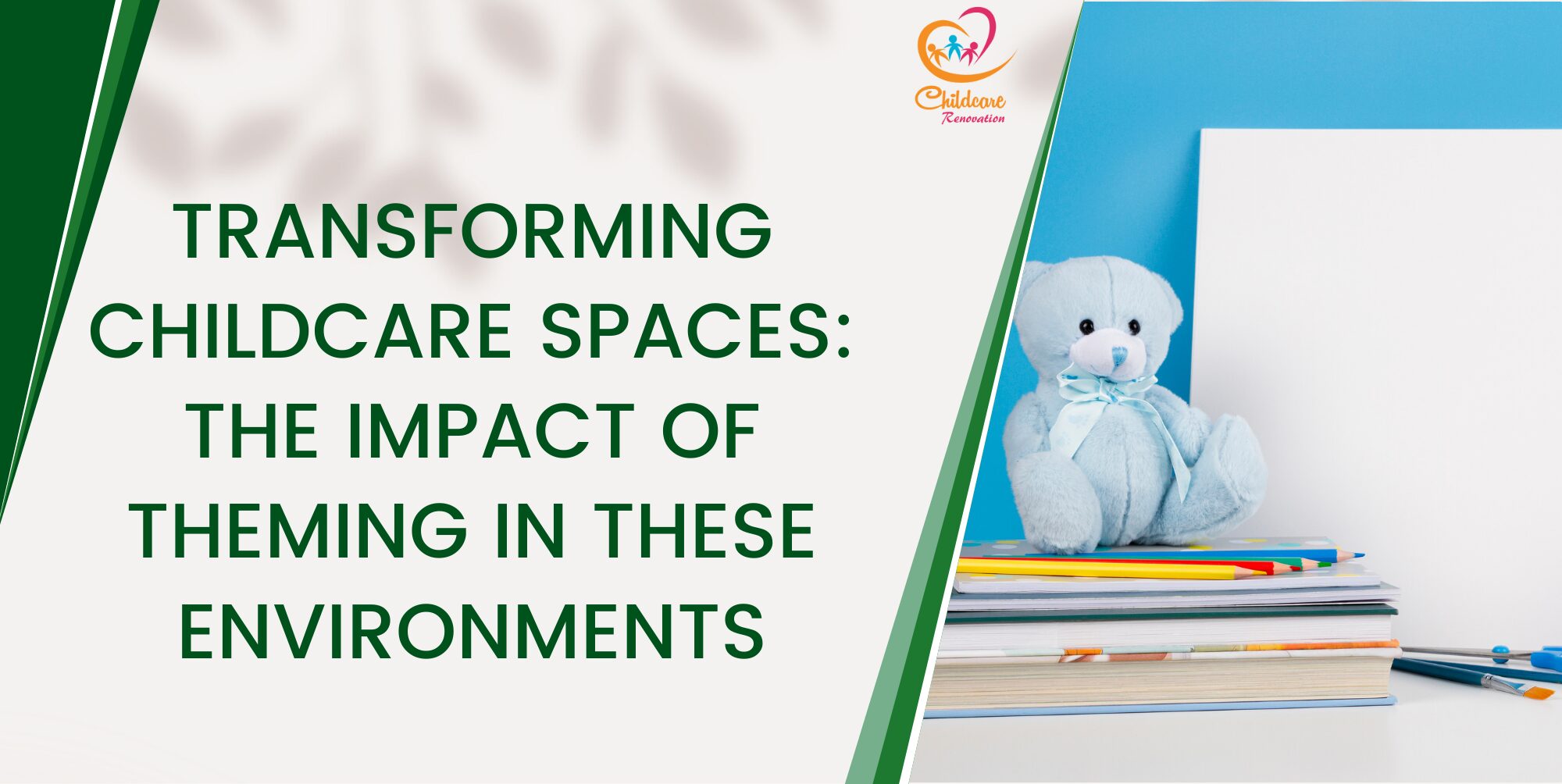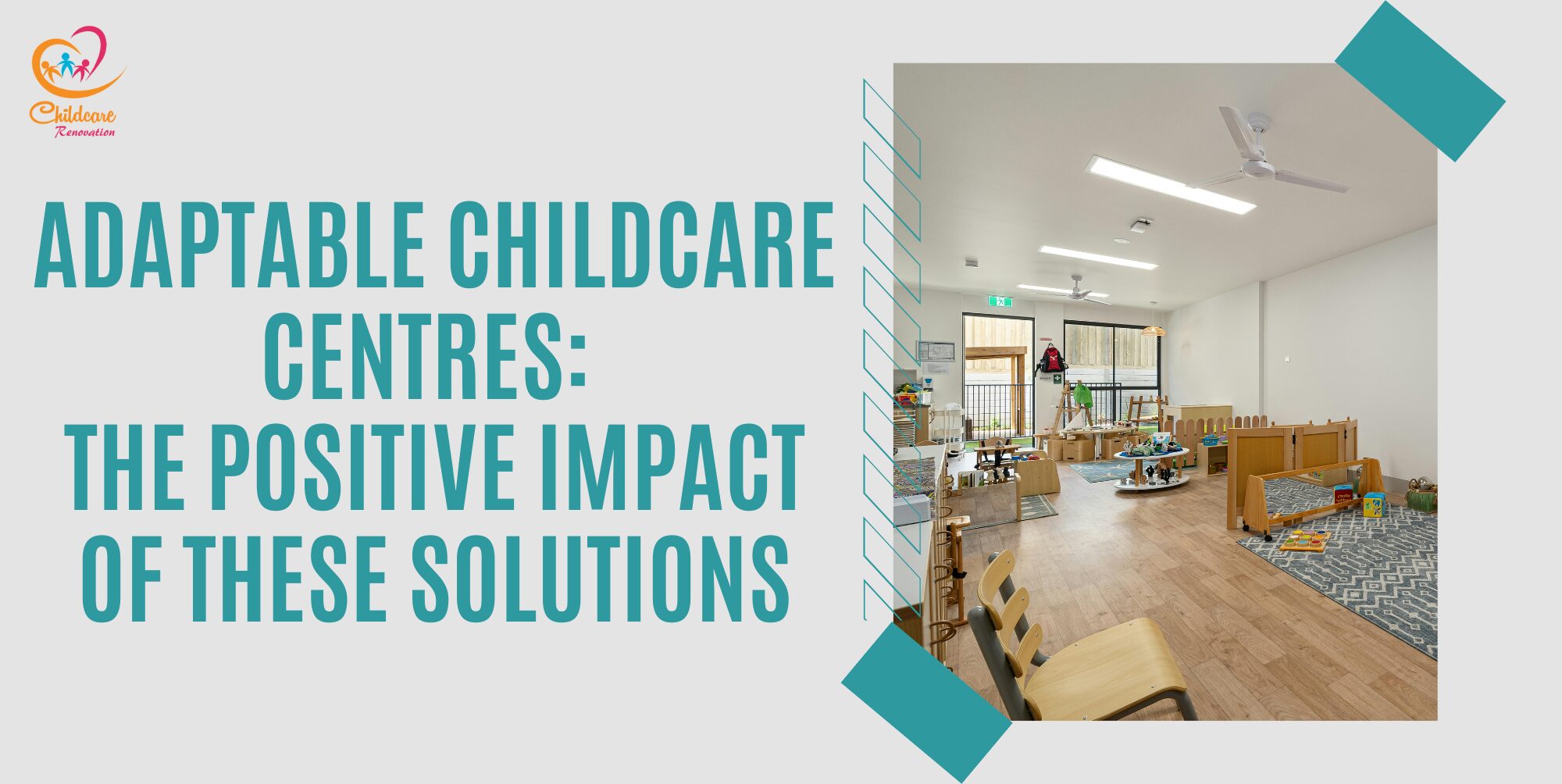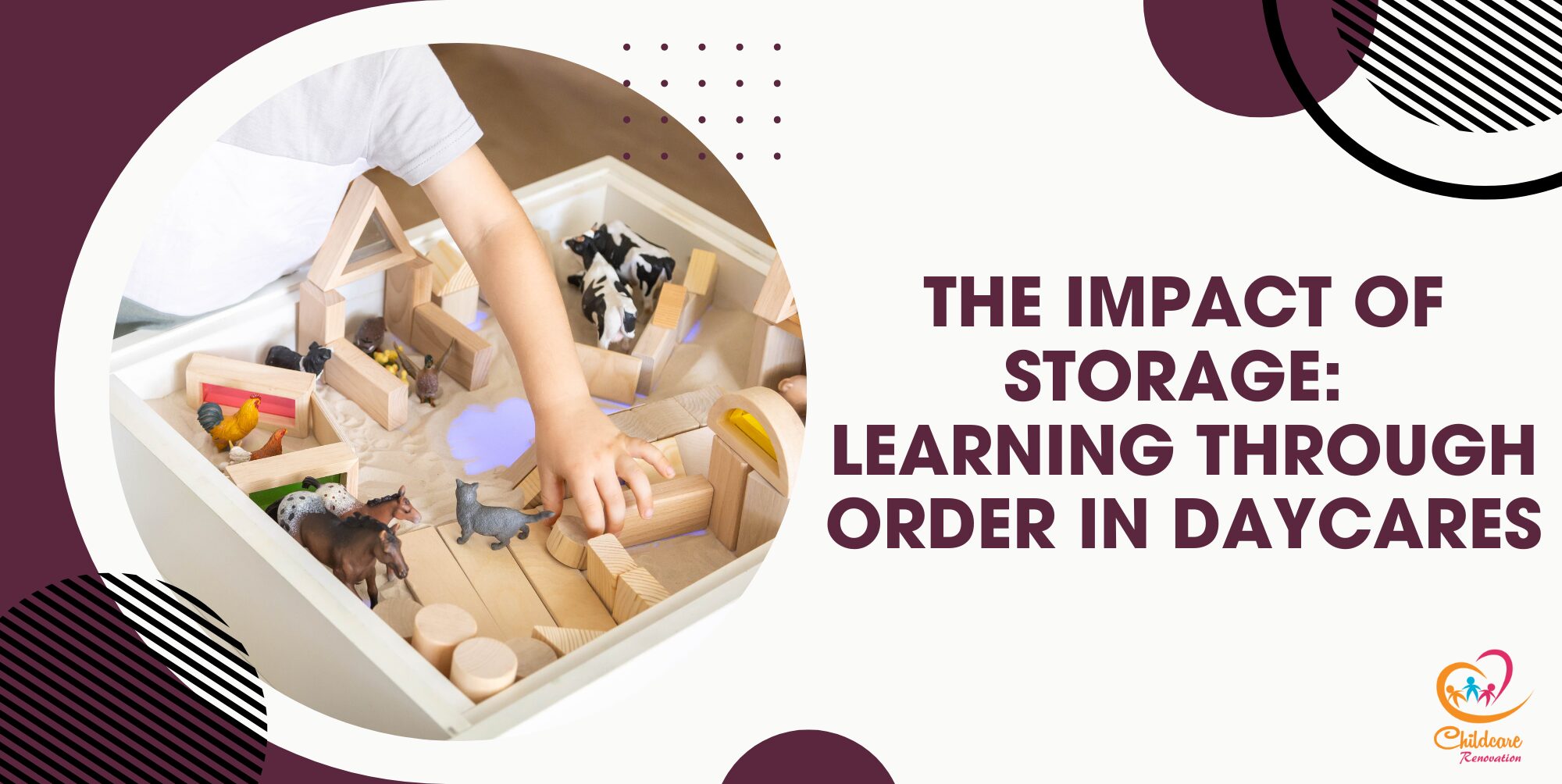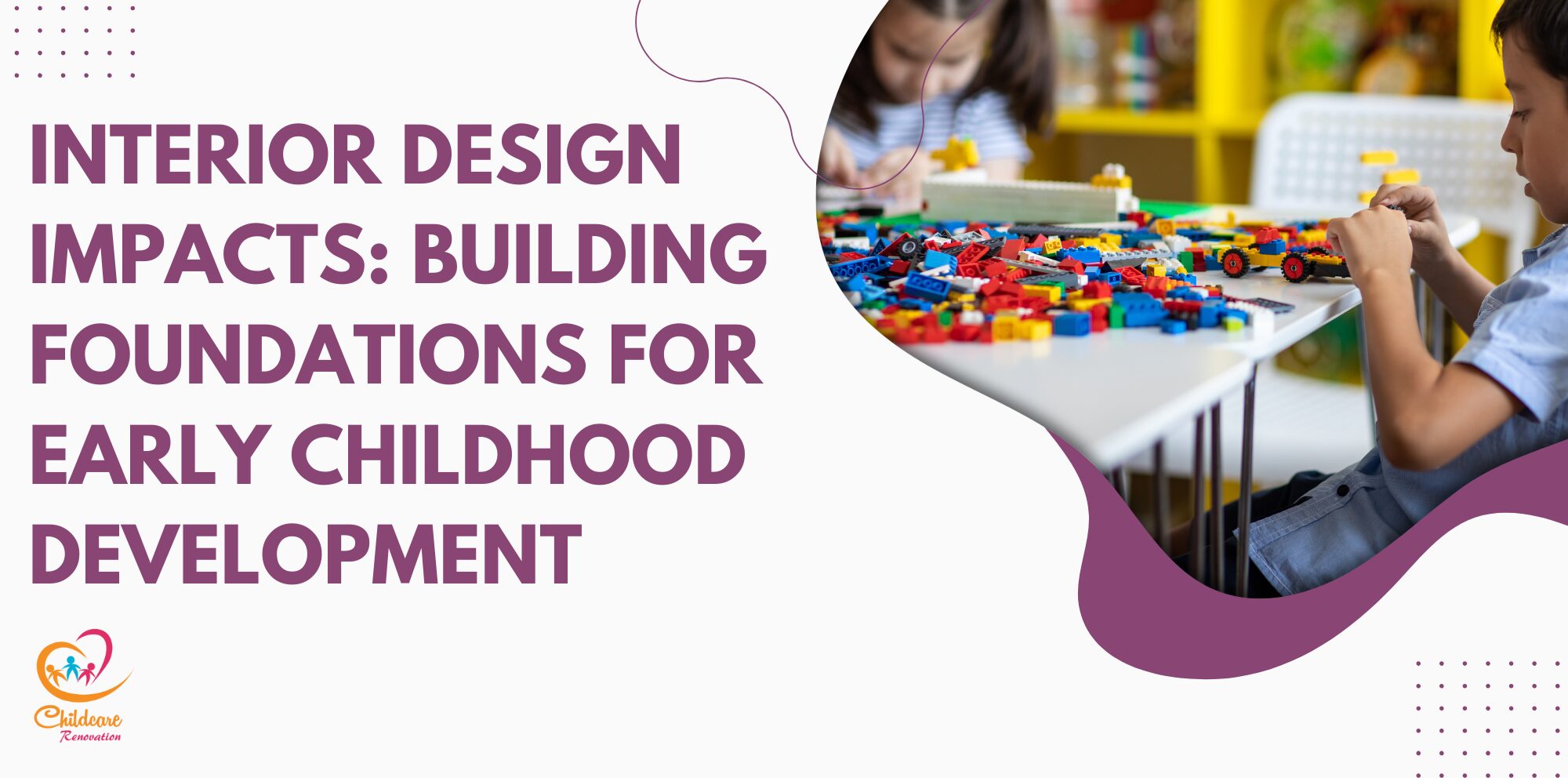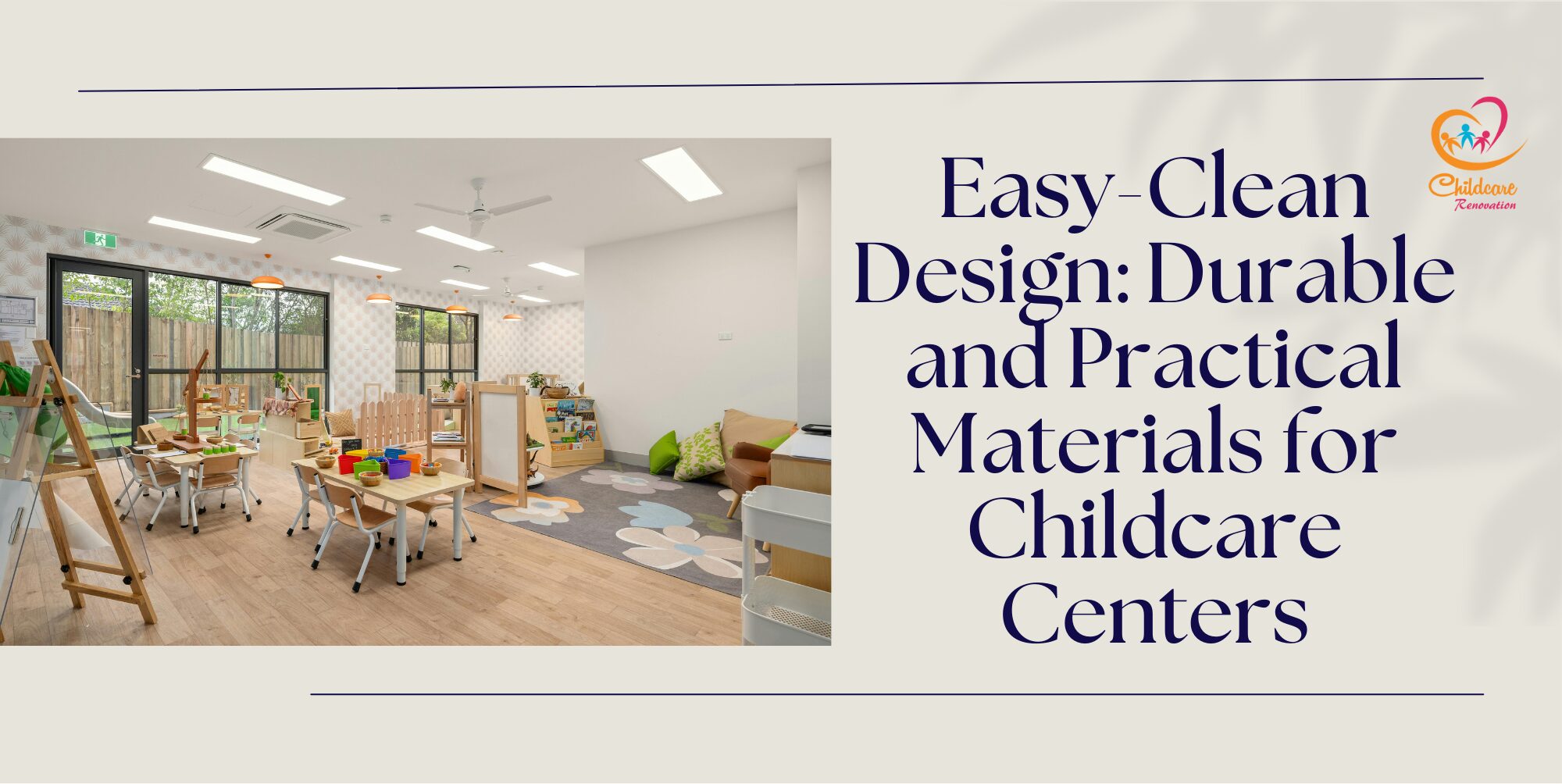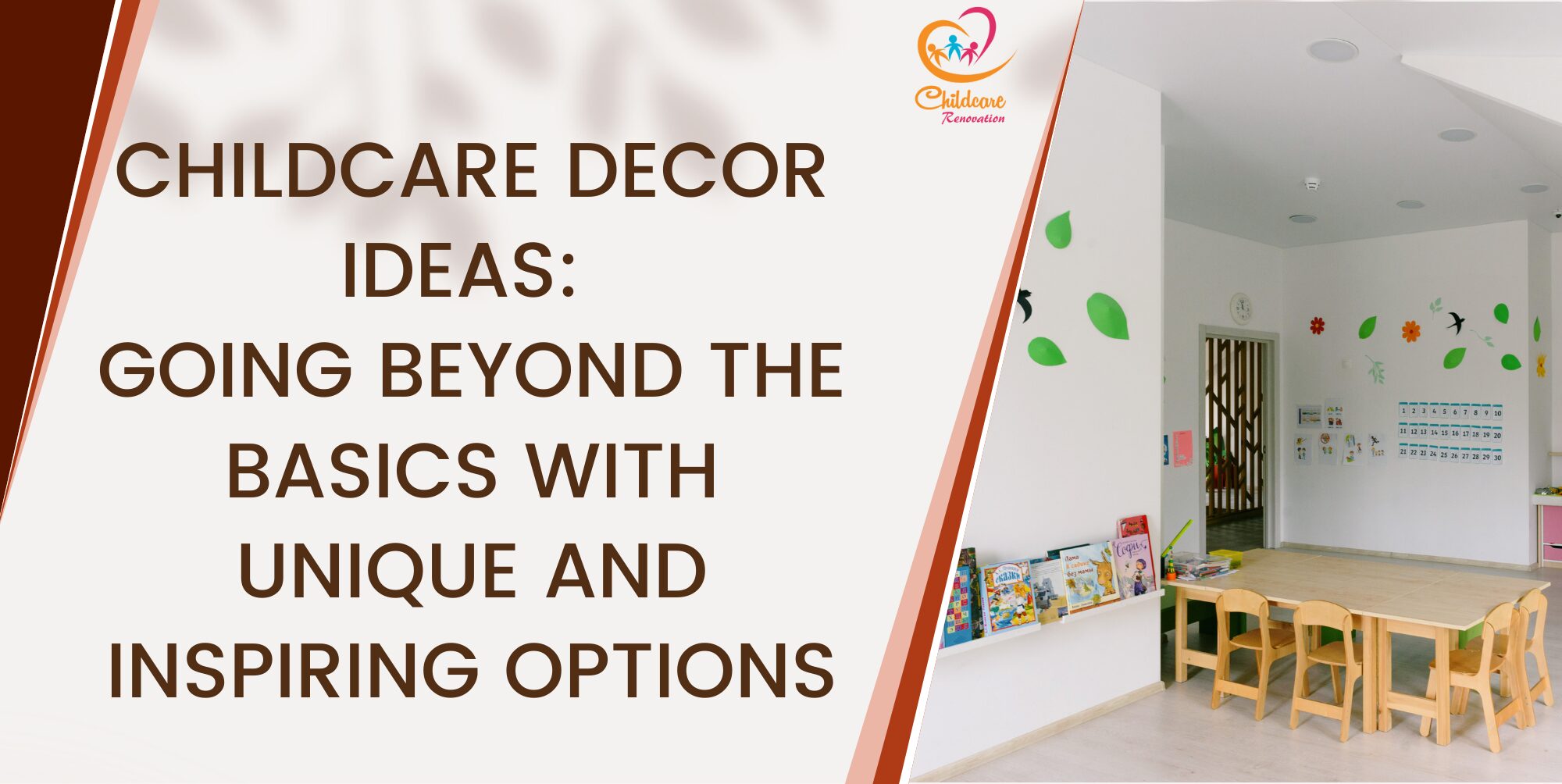Society is increasingly aware of the importance of environmentally responsible architecture and interior design. As a result, more and more preschools are looking to incorporate sustainability principles into their interior designs. Interior designers have a huge impact on environmental sustainability, as they decide which materials and products to use, and how people interact ecologically with their surrounding spaces.
By following these eco-friendly interior design principles, designers can reduce our society’s negative environmental impact and build a better, more sustainable future.
Navigation
- Design for Low Environmental Impact
- Design for Energy Efficiency
- Design for Longevity and Flexibility
- Design for Waste Reduction
- Design for Healthy Environments
Eco-friendly Interior Design #1: Design for Low Environmental Impact
It is important to choose materials and products that have the least impact on the environment from a sustainability perspective. Organic materials such as wood, wool, and natural stone may seem like the obvious choice, but we must not forget the need to treat natural resources responsibly. Choose rapidly renewable materials (such as fast-growing bamboo) and extract them in an environmentally responsible manner. There are labels, standards and certifications that provide reliable information about the origin of your products and help you identify environmentally friendly products. For example, the FSC label on wood products ensures that the wood used in the product is sustainably harvested.
The environmental impact of materials and products must be assessed throughout their entire life cycle – from extraction, production, transport and processing, to how they are disposed of after use. There are standardized tools and labels that help designers understand, compare and assess the environmental impact of products at different stages of their life cycle, such as Life Cycle Assessment.
Eco-friendly Interior Design #2: Design for Energy Efficiency
Energy consumption is one of the main factors contributing to climate change. Buildings account for a large proportion of global greenhouse gas emissions due to energy consumption. Architects and interior designers can do a lot to improve the energy efficiency of buildings, primarily by reducing the energy needed to heat, light, run equipment, etc., and by providing buildings with renewable, non-carbon-based energy.
Heating and lighting are the two most important factors that interior designers can control over. Since most of a building’s heat escapes through the windows, it is important that the windows installed are of high quality and provide good thermal insulation. Curtains and drapes keep both the cold air and the heat of the sun out. Curtains, blinds and drapes allow residents to open and close them as needed to control the temperature of the building in an energy-efficient way.
Carpet is an excellent insulator of heat; it is estimated that a single carpet can retain up to 10% of the heat in a room.
To save energy used for lighting, a lot can be done simply by choosing the right colour. Lighter colours reflect more light, and rooms with darker walls and furniture require more artificial lighting. Use reflective surfaces to increase the amount of light in a room through reflection, reducing reliance on artificial lighting.
Install home automation and “green gadgets” that can remotely control heating and lighting systems. This also helps residents and occupants use the building’s energy more efficiently and economically.
Eco-friendly Interior Design #3: Design for Longevity and Flexibility
To prevent materials and products from being thrown away too often, interior designers should consider the longevity of any materials they plan to use, especially those elements that experience a lot of wear and tear like flooring. The goal of longevity design is to design durable and timeless spaces and resist the urge to change the entire design every few years. The best way to achieve timelessness is to choose quality over quantity, classic over stylish, simplicity/function over decoration.
However, over the years, people have grown and changed, and they want the space around them to grow with them and reflect those changes. With this in mind, interior designers should consider the flexibility of spaces—how they can adapt to the changing needs of the people who use them. Designing flexible spaces is one of the keys to longevity. There’s no need to tear it all down and renovate it when you can easily replace or adjust individual elements of the room.
Ease of maintenance is an important part of longevity design; when spaces are difficult to maintain, regular changes are inevitable and lead to more resource consumption and waste. Applying flexible elements inside makes the interior easier to maintain. For example, with modular carpet, you can effectively replace only the worn parts instead of the entire carpet.
Maintaining a space with lots of easy-to-clean materials and surfaces requires fewer cleaning products, which are often bad for the environment. Therefore, investing in components that are strong, durable and easy to clean or replace means less refurbishment is required; therefore, less waste will be generated. Saving money on cleaning and maintenance costs is an added bonus.
Eco-friendly Interior Design #4: Design for Waste Reduction
Interior designers have a lot of power when it comes to reducing waste, but at the same time they have a huge responsibility for taking sustainable action. The precious resources on the earth are limited, and the mentality of discarding outdated products and replacing them with popular products is untenable.
Fortunately, the design community is increasingly aware of the need for sustainable thinking and is becoming more interested in sustainability trends such as recycling, up-cycling and reuse. Designers can (and should) come up with creative ways to give them new life, rather than throwing them away while they’re still usable.
Another way an interior designer can help reduce natural resource consumption is to choose synthetic materials that are made from recycled waste or that can be renewed/recycled at the end of their life cycle instead of direct disposal to landfills.
With this cradle-to-cradle approach, waste becomes the raw material for new products, creating a circular manufacturing loop that effectively reduces or even eliminates waste.
Eco-friendly Interior Design #5: Design for Healthy Environments
Health of the preschool environment should be an interior designer’s top priority as it is usually put at last. When trying to design a healthy space, there are several factors to keep in mind, such as air quality, heating, ventilation, lighting and acoustics.
According to WHO, indoor air pollution is a risk factor for several of the world’s leading causes of death, including heart disease, pneumonia, stroke, diabetes and lung cancer. Indoor air pollution is caused by products and materials with high emissions of toxic substances. For example, furniture or equipment treated with harmful chemicals can release dangerous toxins in the air. Designers should look for materials with low emissions of volatile organic compounds and other air pollutants.
To improve indoor air quality, it is important that the air in the room is regularly circulated and kept fresh. Beside using plants as natural air filters, did you know that the carpets and rugs can also function the same? Carpets improve air quality by trapping dust particles in the air and holding them until they are vacuumed. With regular, sustainable carpet cleaning, the room environment remains healthy, free of bacteria and allergens in dust particles.
Carpets usually made of excellent sound insulating materials which help to reduce noise by absorbing sound vibrations. Hence, it provides an important benefit for the well-being of occupants and residents.
Exposure to natural light is another aspect of physical and mental health benefits. This is especially important for preschool, where natural light reduces stress and increases productivity. In fact, being surrounded by natural elements or elements that mimic nature often has a calming effect. Biophilic design is design that recognizes the need to incorporate natural elements into our buildings and interiors, aiming to restore the connection between humans and nature.
Speak with The Experts
Planning to get started at your kindergarten but have no idea about it?
Childcare Center Renovation Singapore is a reliable company for renovation and interior design. They have about ten years of experience in this field and have a good reputation among customers.
Call us now to get your desired kindergarten design ideas now!



